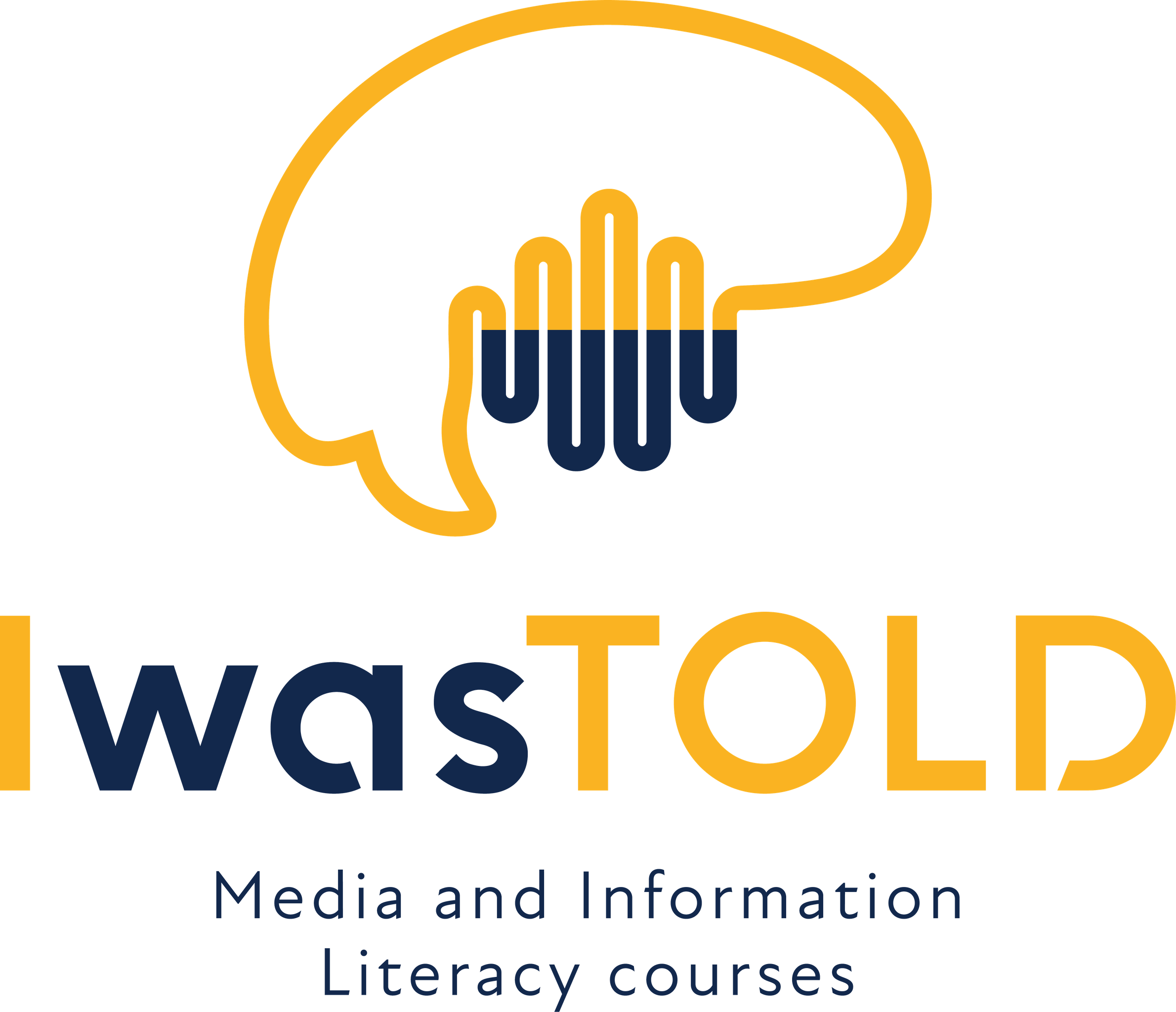3. CLASSICAL AND DATA STORYTELLING
-
Storytelling: narrative structures7 Topics|4 Quizzes
-
Language of media6 Topics|3 Quizzes
-
Storytelling With Data II. - Digital investigations in an era of data-driven journalism7 Topics|4 Quizzes
-
Infographics - Present statistics beautifully7 Topics|3 Quizzes
-
Charts in a website - Hack web developer tools for your stories7 Topics|3 Quizzes
-
Introductory to lesson
-
Creating a website is a personal way to become involved in a subject as well as a creative gesture
-
Make the most compatible as possible subject and aesthetic of your website through Google Sites
-
How be professional and have validity in publication?
-
Final Exercise of the whole lesson
-
Feedback on exercise
-
Additional learning material
-
Introductory to lesson
-
Online GIS6 Topics|2 Quizzes
-
Media analyses8 Topics|4 Quizzes
-
Using Piktochart to create infographics7 Topics|3 Quizzes
Participants14
Storytelling
Assignment
You have successfully completed three tasks and quizzes. It’s time to put your knowledge more into practice through the following exercise, which consists of several steps and results in a new material – created by you! Hence you can use it in your student or professional activities.
The challenge
Many films are adaptations of literary works and some are based on journalistic pieces (especially documentaries). In the case of the latter, this presentation of a topic can lead to its visibility or popularisation. You certainly have your favourite book or have encountered a story in the media that immediately caught your attention. To put your new knowledge in practice, choose one chapter, piece of news, or journalistic report and transform it into a new written work. It will help you build your skills to share ideas and tell stories in a structured way that enables other team members to easily present them through film or video, but also better understand the aim and messages.
It’s up to you, whether you elaborate a step outline for a documentary, or screenplay. In any case, it should be for a short film, which, if produced, would be max. 15 minutes long.
Several steps to complete the challenge
First, define the main points of the story and draw a structure of narration. Then you can start writing a step outline or screenplay. As for the latter, it’s up to you to choose the European or American format, depending on which one you find the most useful for your work. Use as many screenwriting abbreviations and terms as possible, but only those that help you tell the story – don’t use them just for the sake of showing that you know them.
If you write a step outline and foresee interviews, don’t forget to write questions for potential interviewee/s.
For the step outline, you can use the template that is attached below.
Before finalising the whole document, read through it again and improve potential inconsistencies, add new features, or change the scenes wherever needed.
The final step outline or screenplay should have 10 – 15 pages. Additionally, you can write a log line that could be included on the website or streaming platform.
Template: Step outline in the form of a table to be filled in.
Finalisation
Save the final step outline or screenplay as a PDF file and upload it on this platform by using a field below.
If you need help
If you are having troubles with a certain step of the exercise, please check the document in the Summary section for information that should help you complete it. If you can’t find the answer there – ask us a question in the forum.
Good luck!
